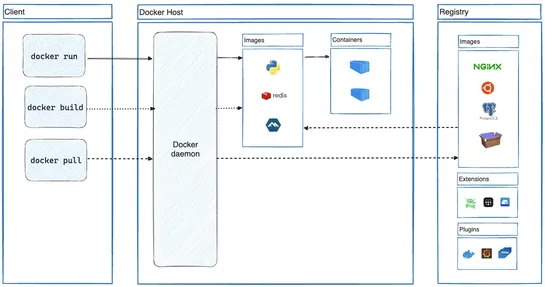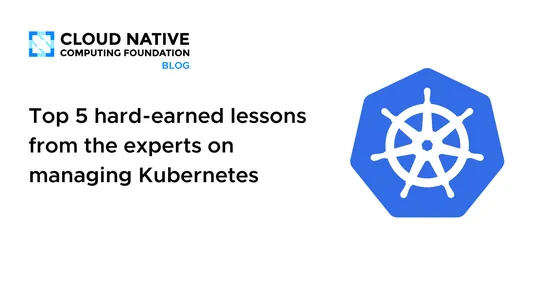ChatGPT as My Coding Mentor: How I Learned React and Next.js as a Junior Developer
A junior dev leveled up their React and Next.js chops just by writing better prompts. Big wins came from getting specific - like stating their skill level, asking for analogies, and stacking questions to unpack how Next.js splits client and server. Trend to watch:Prompting is a core dev skill for an.. read more








![Kubernetes Tutorial For Beginners [72 Comprehensive Guides]](https://cdn.faun.dev/prod/media/public/images/kubernetes-tutorial-for-beginners.width-545.format-webp.webp)





